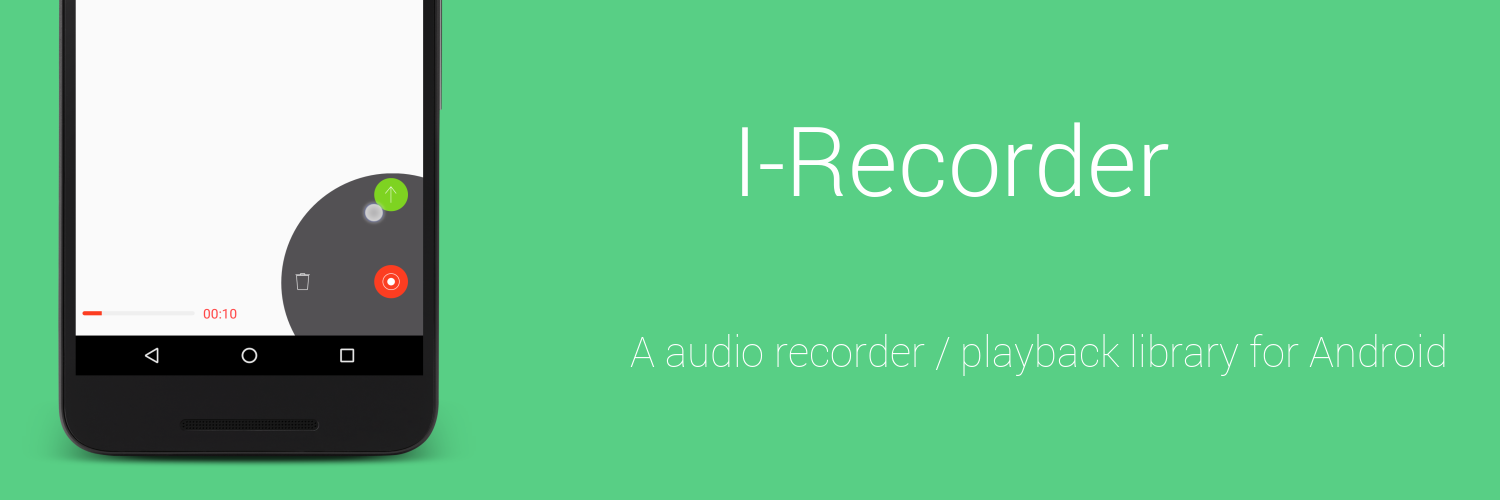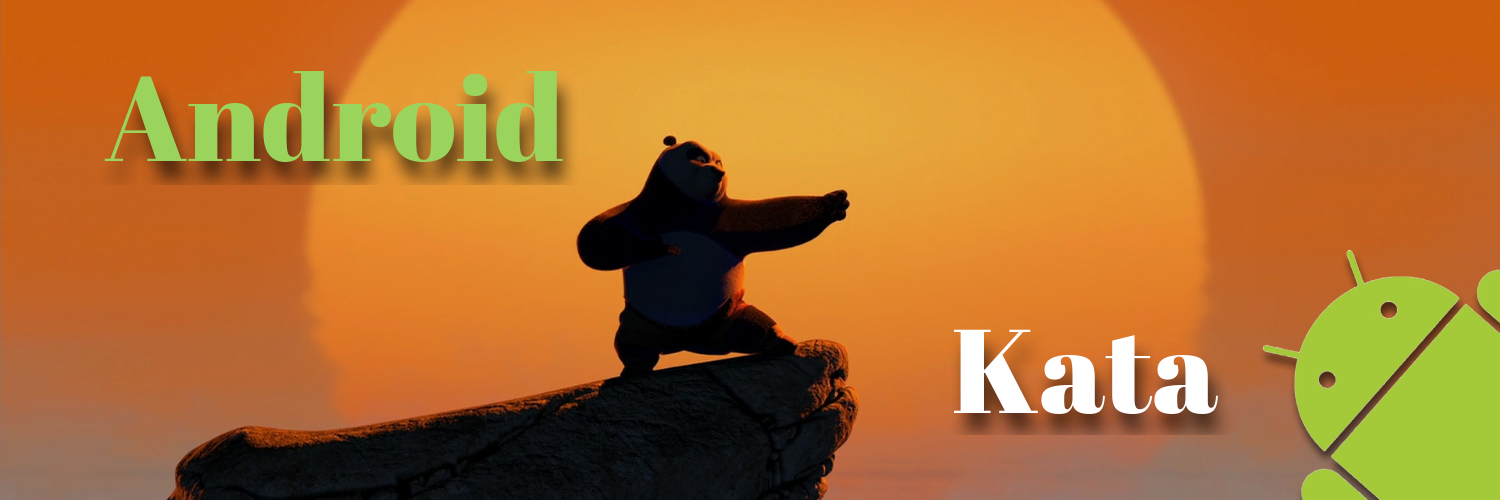
I decided to stop using Dagger2 in our company’s android project. Why?
Don’t get me wrong, Dagger2 is still great. But though it is great, it is complex. Lots of concepts to wrap our heads around. What is a component, what is a module, what is the difference between subcomponent and dependency component, etc. In order to use it properly, we need to anwser all that questions, even you think you understand it, you still run into suprises now and then.
I purchased the pre-order Hand Made Hero game. I think it’s great value for learning, there is this super awesome guy who has tons of experience talking to you at least 1 hour per day for over a year. And it cost only $15. I must have lost my mind if I missed this.
Two interesting observations:
This guy is against OOP This guy prefers C to C++ This kind of “against C++ and OOP and all kind of complex nonsense shit” thing (this and this) hit me several times and I really like to know about their argument.

I created a copy of the voice recorder in the iMessage app for android and made a library out of it. Check it out here!
In this post, we will define what is a transducer.
First, let’s take a closer look at map.
(map inc [1 2 3]) A straightforward way to explain what has happened is this: Increment each item by one in a list.
At first thought, this sounds like one step operation.
Now let’s change the requirement a bit. We want to increment each element by one and then sum them together.

Since I have been doing programming kata, why not adopt the same kata concept in Android programming?
Over the years I have accumulated some useful tools / tricks that I can show in kata form.
The goal is to keep it simple and easy to grasp and to the point.
This is the first one, which shows how to use ViewPropertyAnimator to animate show and hide of the FAB button.



